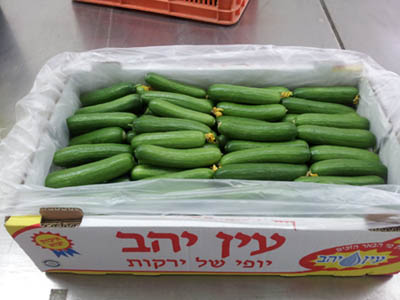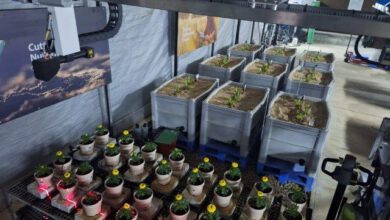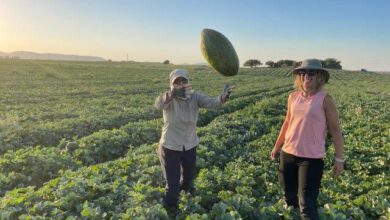Growing Vegetables in the Arava
Exclusive interview with Rami Sade, the Agronomist of Yoffi Shel Yerakot Association
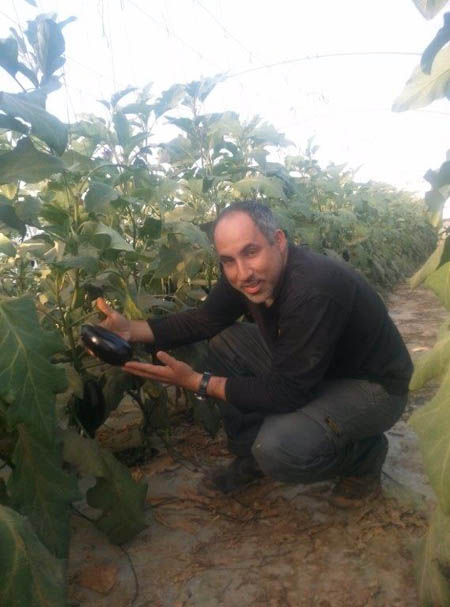
About the Association
The “Beauty of Vegetables” (Yofi Shel Yerakot) Farmers Association is a collective society (“Aguda Shitufit”) wholly owned by the farmers living at Moshav Ein Yahav (cooperative village) who market their produce through the Association. This Association was established 15 years ago to meet the farmers’ specific needs and overcome the difficulties faced by farmers working in the outlying regions when competing with large marketing organizations. Thanks to their united efforts these farmers now work as one large farming unit and thereby enjoy the advantages of a large scale operation. This initiative proved so successful that within a few years, additional farmers in the Arava region began to market their produce through the Association and they were soon joined by moshavim and kibbutzim (cooperative and collective settlements) from other areas in Israel. Today the Association’s successful expansion has made it Israel’s largest marketing association for fruit and vegetables.
| |  | 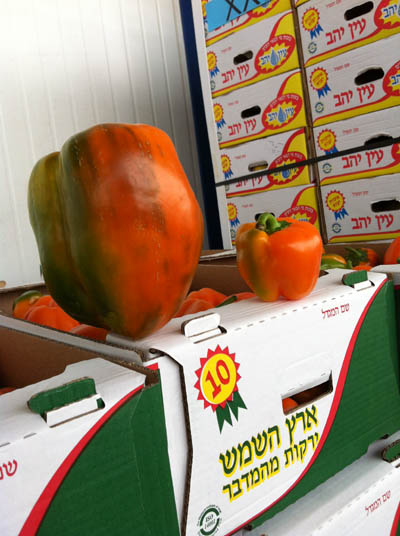 |
The Advantages of Growing Crops at Ein Yahav
Growing crops at Ein Yahav is very different from farming in the rest of the country thanks to its desert climate’s many advantages. At Ein Yahav summer vegetables including melons, watermelons, tomatoes, and needless to say the renowned peppers can be grown in winter. The farmers of Ein Yahav owe much of their professional progress and achievements to the services available to them at the nearby research station, namely the Ya’ir R&D Station at Hatzeva. This R&D station can offer them novel growing technologies aimed at reducing the use of pesticides and herbicides, integrating natural enemies in crop management as well as new methods for cultivating crops in marginal soils. Nowadays in actual practice 100% of the pepper crop at Ein Yahav is grown using Integrated Pest Management (IPM).

Innovative Cultivation Methods
Additional methods employed by the farmers at Ein Yahav include distributing beneficial insects in the fields as a substitute for spraying the crops with chemicals. Nowhere in the country is this method implemented to the same extent in any crop whatsoever.
Almost all the crops are grown here inside structures with nets to repel insects and reduce the use of pesticides, in contrast to growing crops in open fields as is the standard practice in other parts of the country.
External Financing?
All the activities of the marketing association are facilitated by returns from the farmers’ sales, and the knowledge available from research and development (R&D) comes free of charge. The Ya’ir R&D Station is financed by the Ministry of Agriculture, the Jewish National Fund (Keren Kayemet LeIsrael) and Jewish donors from overseas.
The farmers purchase the insects from two companies – BioBee and Yad Mordechai.

The principal crops and overseas markets
The leading crop is peppers (covering about 70% of the total area and about 90% of the crop is exported), followed by melons, tomatoes, eggplants, watermelons, dates and grapes.
The complexities of growing and exporting peppers grant the Arava region a definite advantage when competing with the developing world unlike what happens with the uncomplicated tomato crop for example. These complexities relate to the need to control many vegetal parameters in order to achieve high yields and this can only be done by effecting changes in the growing conditions during the season with optimum fertilizer, water and shading levels.
Furthermore the Arava farmers meet the demand for varieties of peppers that are in demand abroad, including the popular blocky type of peppers. They also supply the range of pepper varieties demanded by the market, i.e., about 70% red, 20% yellow and 10% to suit the specific demands in overseas markets.
Our main export markets are first and foremost Western Europe, followed by Russia (a market growing continuously) and then the United States.
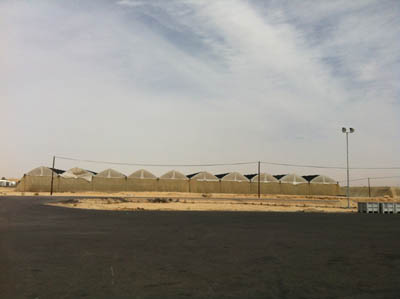 |
|
As regards future developments Rami notes that with the major markets in the Far East closed to us for various reasons a search for a new crop to replace the peppers as the principal crop in the existing market is ongoing. So far such efforts have met with no real success.
The marketing strategy in Europe and Russia is based on several marketing channels including direct exports to chain stores such as Tesco and Sainsbury’s while some of the produce is exported to local merchants (dealers) who then sell the vegetables throughout the continent.

